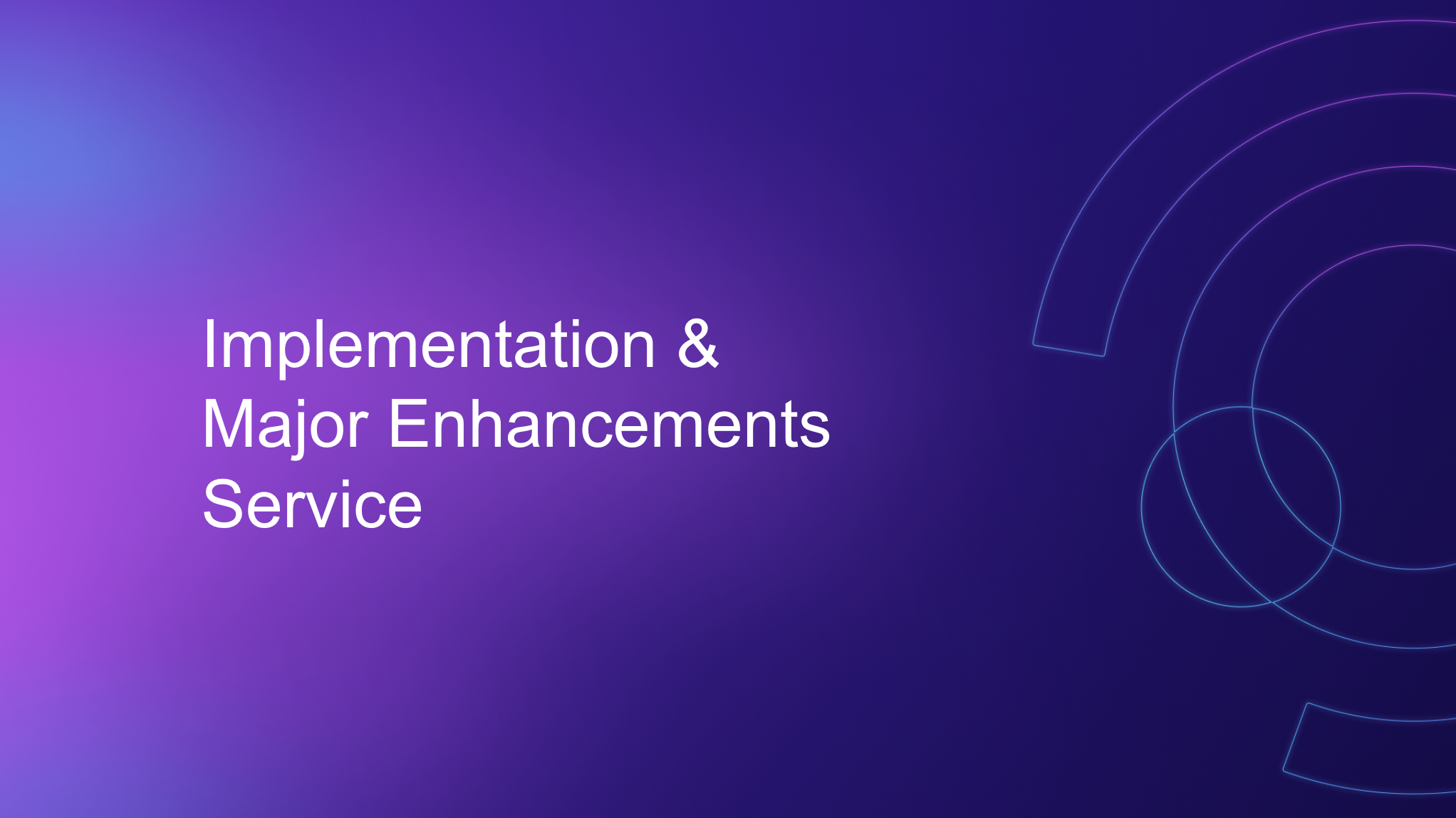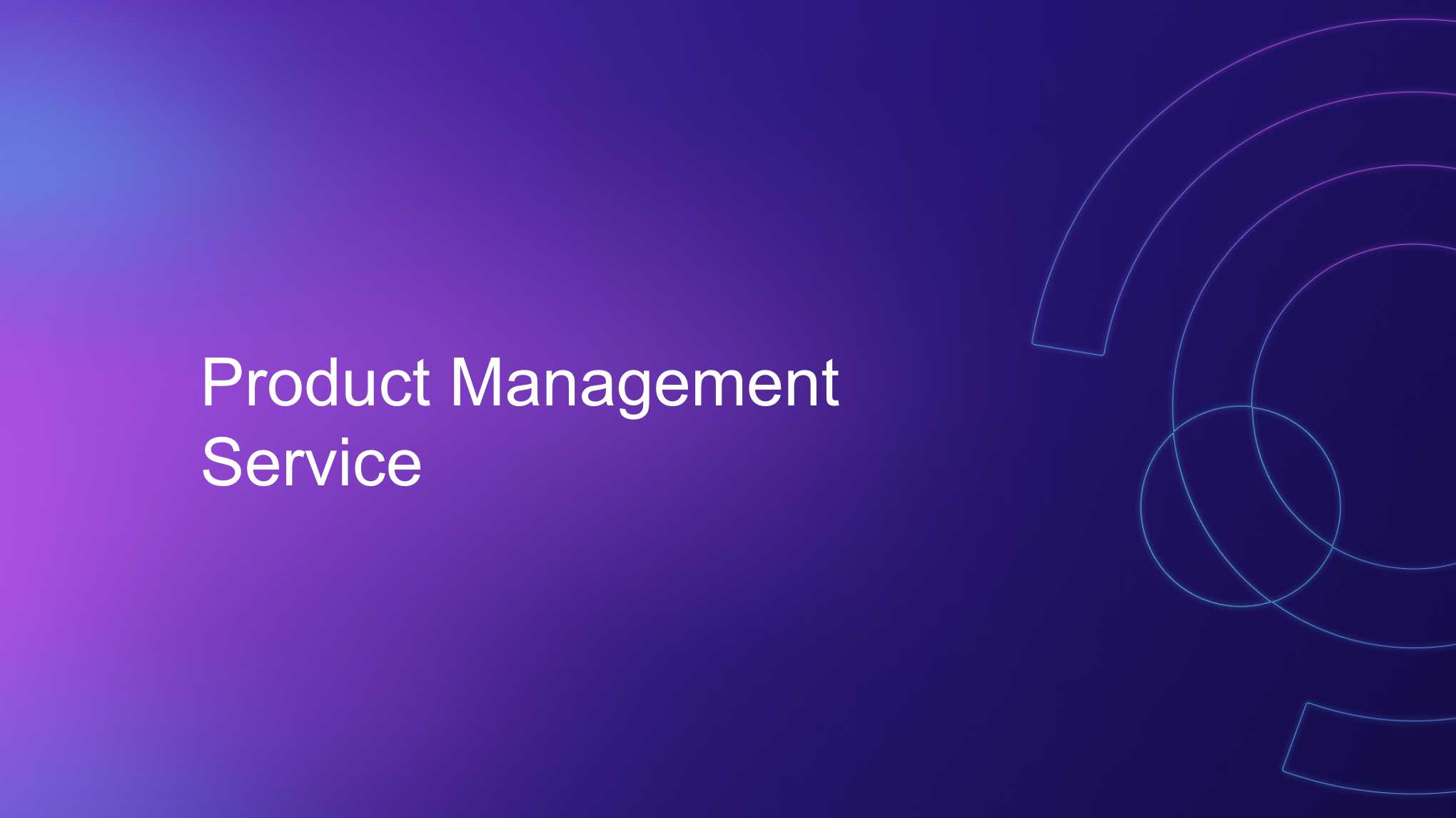At Cosimo we believe the most successful Salesforce solutions require a combination of:
- Consistent product development, ensuring stability and incremental value
- Larger-scale projects to accelerate major advancements
Executing larger-scale implementations achieves significant benefits within a short timeframe.
By leveraging industry best practices as well as our structured framework, we empower organisations to realise rapid transformation while maintaining stability and continuity.
Our approach consists of six key phases: Discovery, Design, Development, Deployment, Testing and Hypercare.
From the outset and seamlessly integrated throughout our projects, we prioritise governance, business readiness, change management, data migration strategies, and go-live planning.
Let’s take a deeper look at our methodology!
1. Discovery: Foundation For Success
The Discovery phase is essential to understanding your organisation’s needs and setting a strategic direction for the project. During this phase, we work closely with your team to explore key business goals, challenges, and success metrics, which will guide every decision throughout the project.
Key activities and deliverables:
- Business Goals and Challenges: Identifying and understanding your primary objectives, challenges, and desired outcomes.
- Technology and Process Analysis: Analysing your existing technology landscape and business processes to define how Salesforce can best support your operations.
- Salesforce Architecture and Integration: Outlining the high-level architecture and integration requirements for Salesforce within your ecosystem.
- Project Scope and Delivery Plan: Defining the scope, deliverables, and overall project timeline, setting clear expectations.
- Team Definition: Identifying key stakeholders and project team members, ensuring the right expertise is in place.
By the end of the Discovery phase, we provide a comprehensive plan that defines the project scope, governance structure, and key resources, ensuring alignment for the next phase.
2. Design: Translating Requirements into a Clear Solution
Building on the insights from Discovery, the Design phase is where we translate business requirements into a detailed Salesforce solution that aligns with your strategic goals.
Key activities and deliverables:
- Stakeholder Workshops: Conducting detailed workshops to gather and refine business requirements, data migration approach and change management strategies.
- Solution Design: Creating a detailed design that follows industry and Salesforce best practices to ensure scalability and future-proofing.
- User Stories with Acceptance Criteria: Documenting business requirements as user stories, complete with clear acceptance criteria.
- Effort and Scope: Finalising the scope of the project and refining development estimates.
The output of this phase is a comprehensive user story backlog, a detailed solution design document, and a clear project plan, all ensuring a smooth transition to development.
3. Development: Building a Robust, Scalable Solution
In the Development phase, we begin bringing the Salesforce solution to life, focusing on building a scalable and robust system that meets your business needs. We work in Agile sprints to ensure iterative progress and flexibility.
Key activities and deliverables:
- Agile Development Sprints: We break the development into sprints to ensure continuous improvement and feedback.
- Daily Stand-Ups and Sprint Planning: Regular check-ins and sprint planning sessions to ensure continued alignment.
- Show & Tells: Conducting show-and-tell sessions to gather stakeholder feedback and make adjustments early in the process.
- Collaboration with Business Users: Ensuring close collaboration between development teams and business users, maintaining a focus on the end-user experience.
By the end of this phase, we will have a functional Salesforce solution ready for comprehensive testing and user acceptance.
4. Testing: Ensuring Quality and User Satisfaction (QA & UAT)
Testing is a crucial step to verify that the solution works as expected and meets the requirements defined during the Design phase. This includes both quality assurance (QA) testing to ensure the solution’s functionality and user acceptance testing (UAT) to ensure it aligns with business needs.
Key activities and deliverables:
- End-to-End Testing: Running comprehensive tests to ensure that all features and integrations function as expected across the entire system.
- User Acceptance Testing (UAT): Engaging business users to test the solution in real-world scenarios to validate whether it meets their needs.
- Bug Fixes and Enhancements: Addressing any issues or areas for improvement discovered during testing.
The goal is to ensure the solution is fully tested, stable, and ready for deployment.
5. Deployment: Transitioning to Business as Usual
The Deployment phase marks the official go-live of your Salesforce solution. During this phase, we transition the solution from the development environment to production and ensure that the business is ready to adopt the new system.
Key activities and deliverables:
- Data Migration and System Integrations: Moving your data into the Salesforce platform and ensuring proper integration with other systems.
- User Training and Change Management: Providing comprehensive training to end users and supporting them through the change management process.
- Production Deployment: Deploying the solution to the production environment, making it accessible for daily business operations.
At the end of the Deployment phase, the solution is fully live, and users are equipped to begin leveraging the system for their day-to-day activities.
6. Hypercare: Ensuring Continued Success Post-Launch
The Hypercare phase ensures that your team has the support they need as they transition to using the solution in their daily operations. This phase is designed to address any issues that arise after deployment and provide ongoing support as needed.
Key activities and deliverables:
- Post-Go-Live Support: Providing immediate support to address any issues that arise after the solution goes live.
- Monitoring and Optimisation: Closely monitoring system performance and making adjustments as needed to ensure optimal performance.
- Knowledge Transfer and Documentation: Providing training and documentation to help your team manage and optimise the solution moving forward.
Hypercare is a critical phase to ensure that the solution continues to meet business needs and is optimized for long-term success.
Wait there’s more!
Project governance
Our strong governance framework ensures that we maintain clear communication, quality control, and risk management.
We track progress against milestones, keep stakeholders informed, and make adjustments as needed to ensure the project stays on track, within scope, and aligned with your business goals.
By following this structured approach, we help ensure a smooth, successful Salesforce implementation that drives business value and supports long-term growth.
Change Management
Change Management is a dedicated work stream within our Salesforce implementation approach, focusing on ensuring that your organisation successfully adopts the new solution and transitions smoothly to its everyday use.
This work stream focuses on minimising disruption, fostering engagement, and building confidence in the new system, ensuring that your team fully embraces the Salesforce solution and drives its ongoing success.


